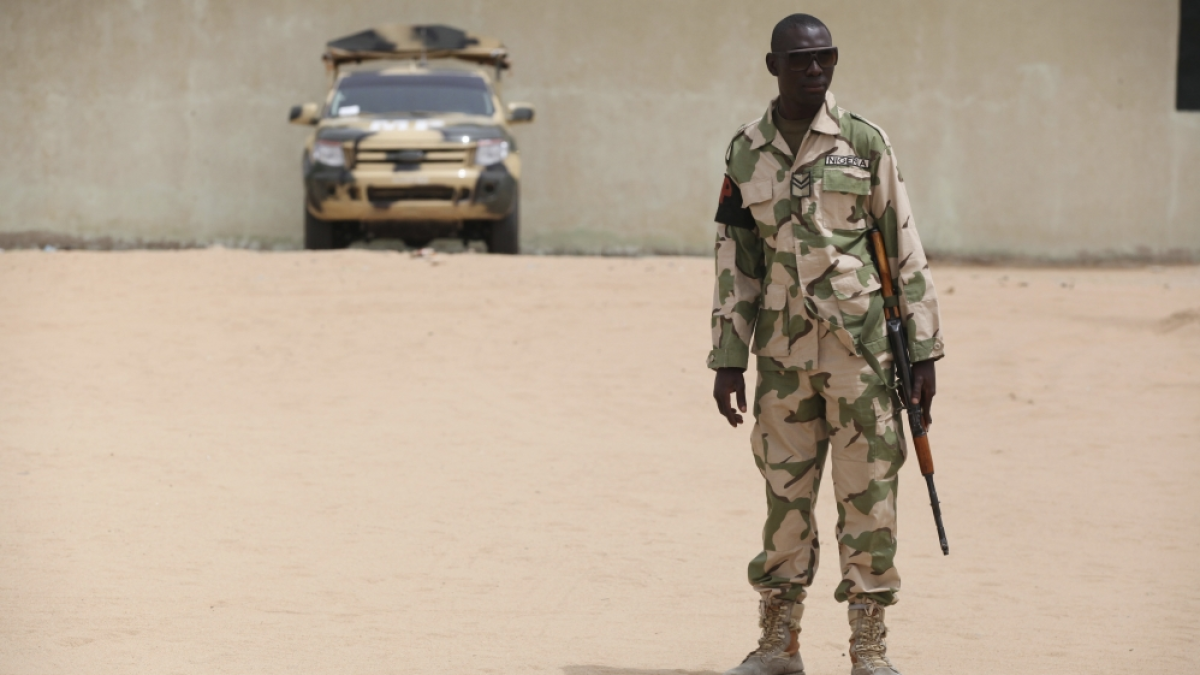Explosion rocks crowded mosque in Nigeria, killing several people: Reports | Armed Groups News
The blast tore through a mosque in Maiduguri as worshippers gathered for evening prayers, witnesses say.
Published On 24 Dec 2025
An explosion has ripped through a mosque in northeastern Nigeria as worshippers gathered for their evening prayers, killing and wounding several people, according to media reports.
The blast took place at about 6pm on Wednesday (17:00 GMT) in the city of Maiduguri in Borno State, the Reuters and AFP news agencies reported, citing witnesses.
Recommended Stories
list of 3 itemsend of list
Police spokesman Nahum Daso confirmed the explosion and told AFP that an explosive ordnance team was already on site at the mosque in Maiduguri’s Gamboru market.
There was no official word on casualties.
But mosque leader Malam Abuna Yusuf told the AFP at least eight people had died, while a militia leader, Babakura Kolo, put the figure at seven.
Another witness, Musa Yusha’u, told AFP that he saw “many victims being taken away for medical treatment”.
The cause of the blast was not immediately known, but it occurred in a city that has been at the heart of an armed rebellion waged by Boko Haram and ISIL’s (ISIS) offshoot in the region, the Islamic State West Africa Province, for nearly two decades.
The conflict has killed at least 40,000 people and displaced about two million from their homes since 2009, according to the United Nations.
Though the violence has waned since its peak about a decade ago, it has spilt into neighbouring Niger, Chad and Cameroon.
Concerns are also growing about a resurgence of violence in parts of the northeast, where armed groups remain capable of mounting deadly attacks despite years of sustained military operations.
Maiduguri itself – once the scene of nightly gun battles and bombings – has been calm in recent years, with the last major attack recorded in 2021.
